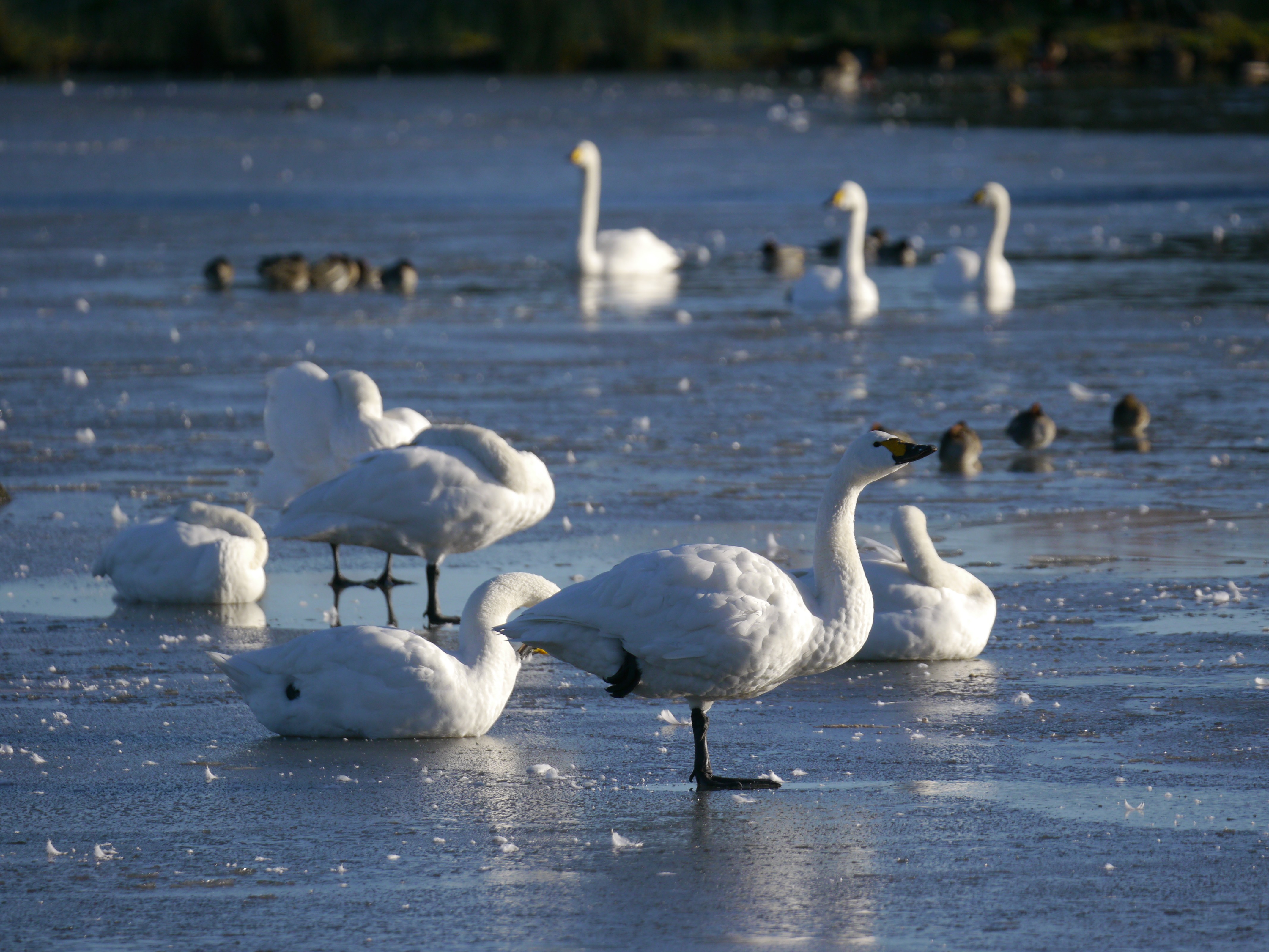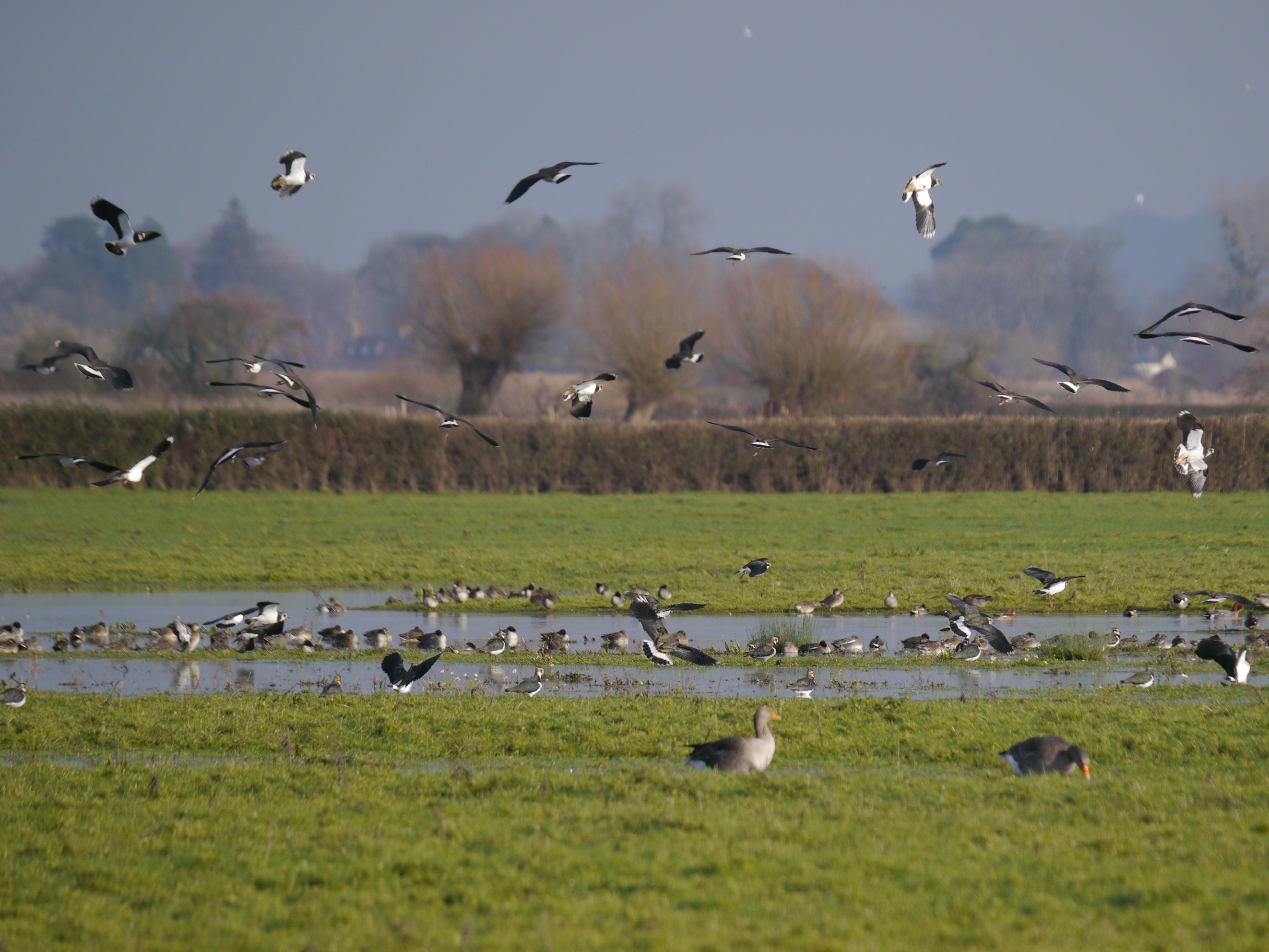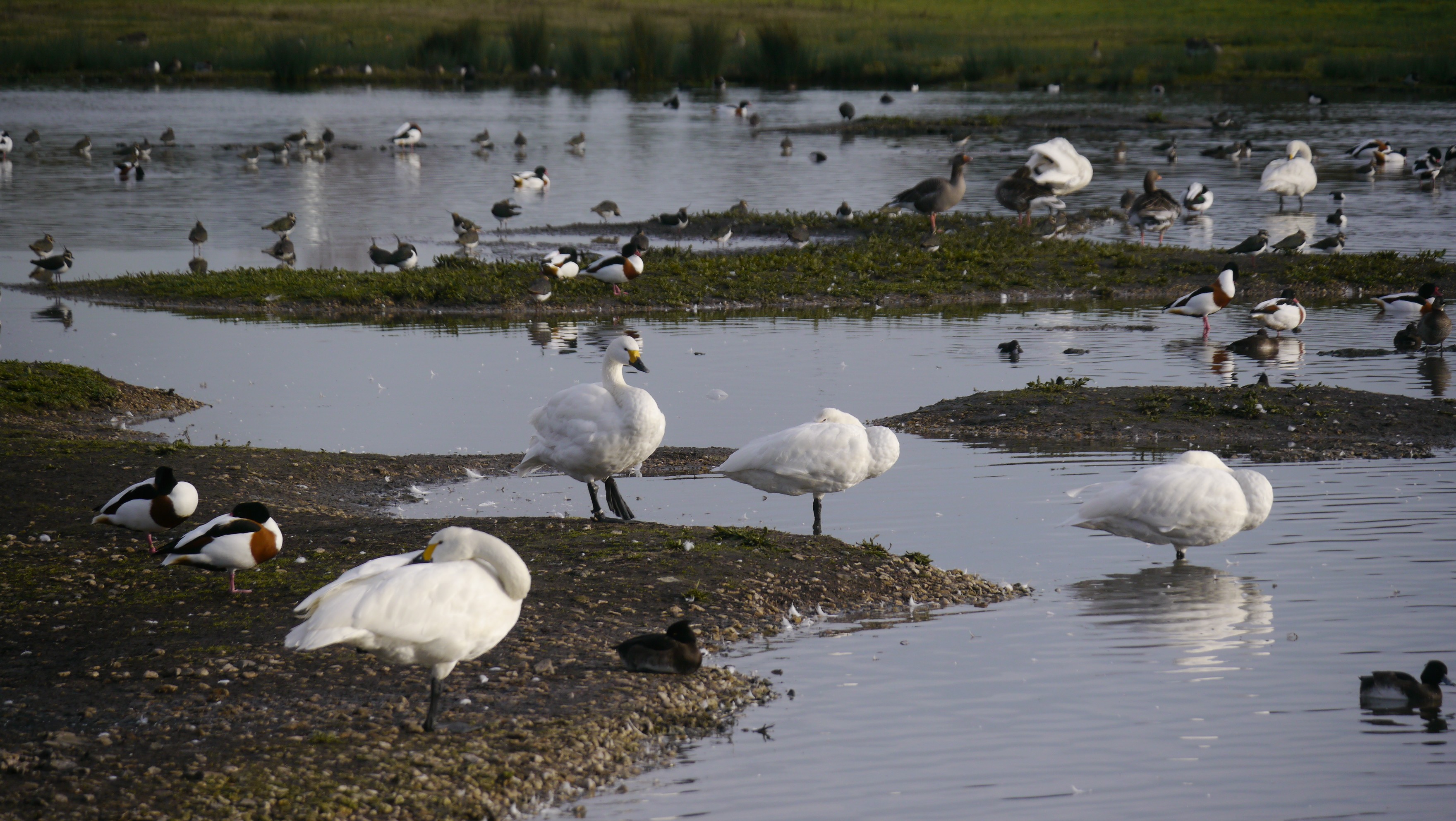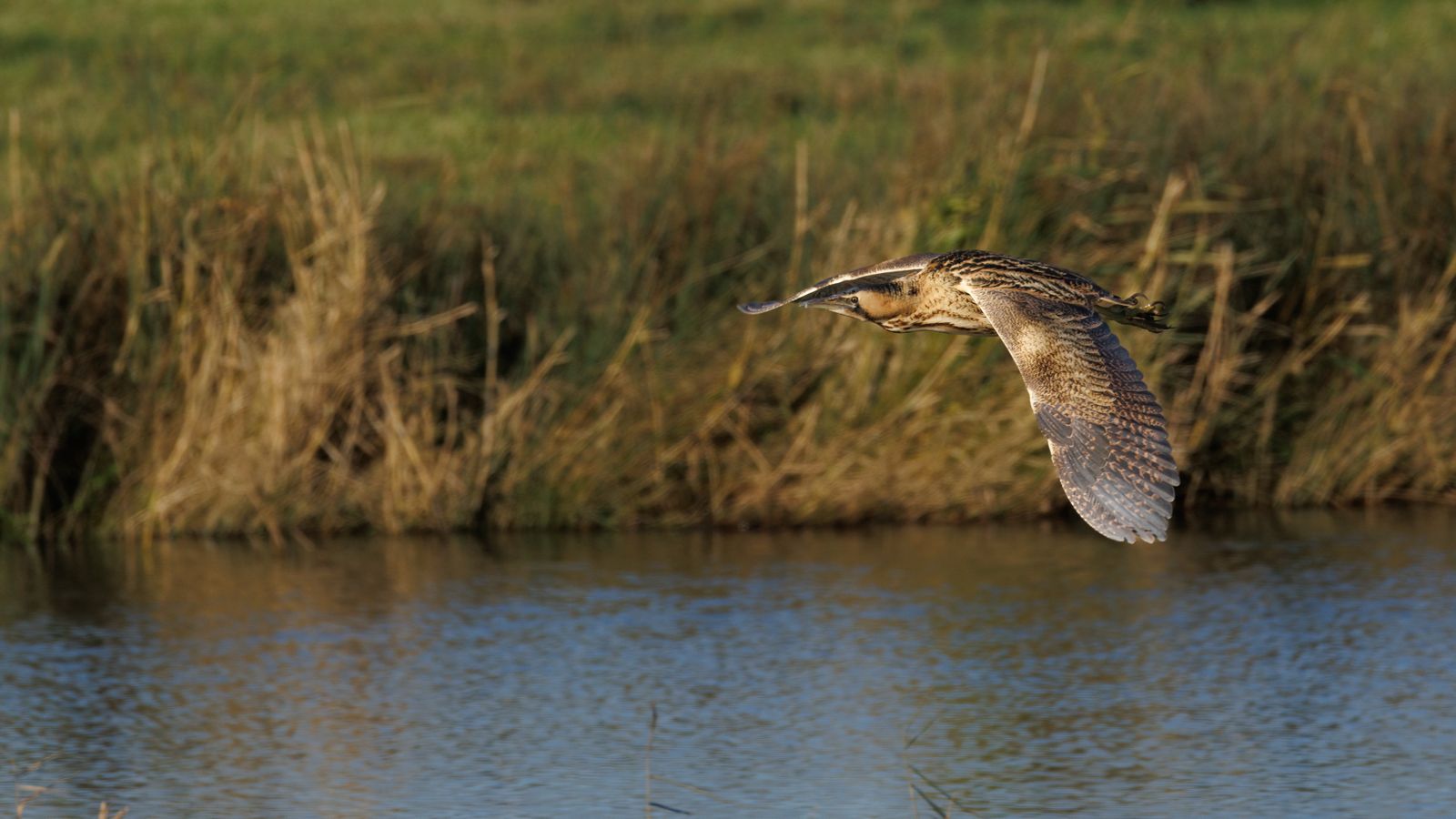A wet end to the week
After the snow last weekend we end the week on a few wet days as temperatures warm up
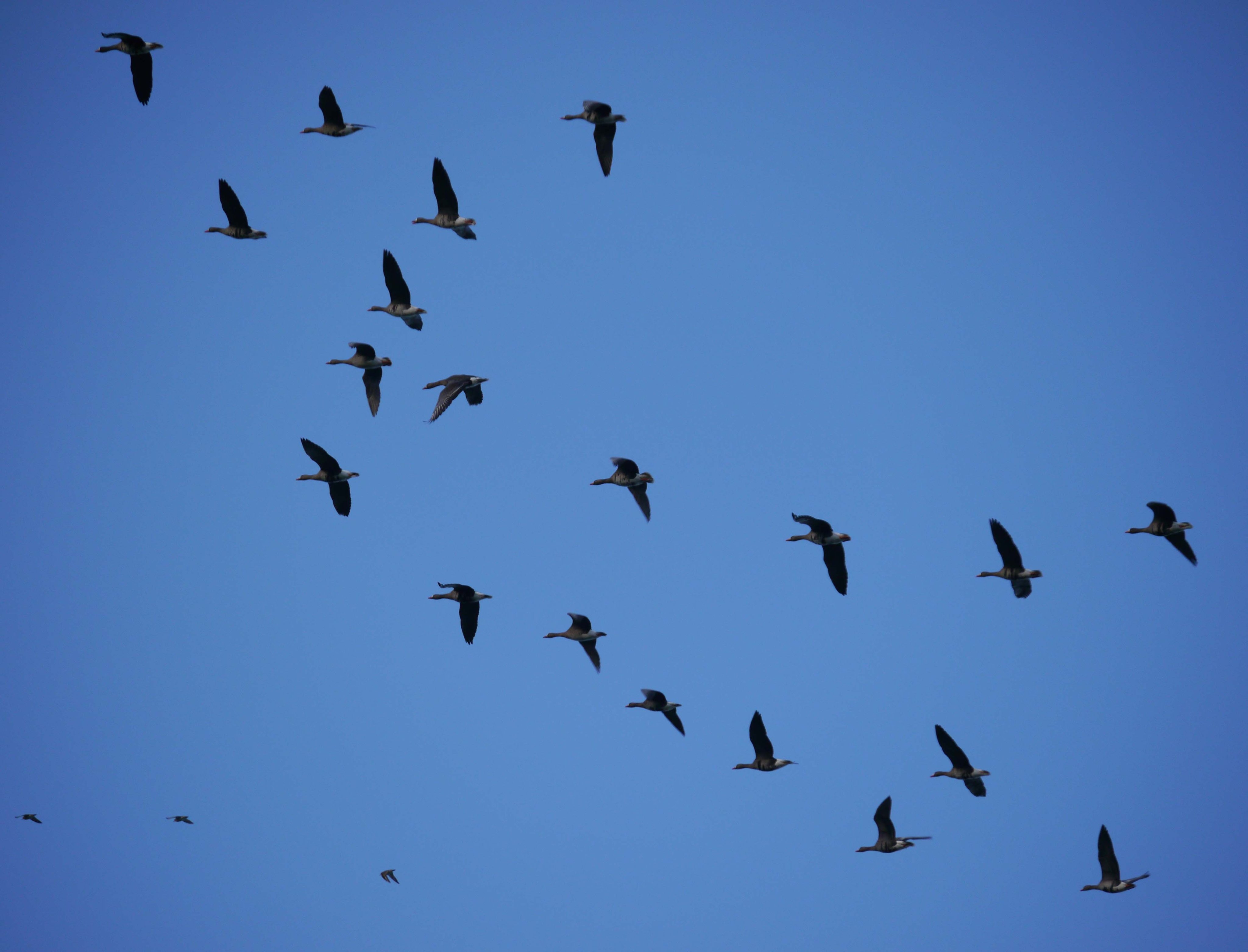
After the snow last weekend we end the week on a few wet days as temperatures warm up. The freezing temperatures last weekend pushed some of our birds off the reserve but numbers slowly started to build again as the week progressed.
The Reserve Team have been busy continuing our annual coppicing work around the site - this week we moved in to the Canoe Safari. As well as being a great addition to the visitor experience of the centre, the area also provides a great wildlife habitat too. The coppicing work will allow us to continue to provide a varied structure in the wetland, opening up areas of reedbed and creating areas of wet woodland. With so many islands around the trail, the only access is by boat - not ideal when the watercourse is frozen!
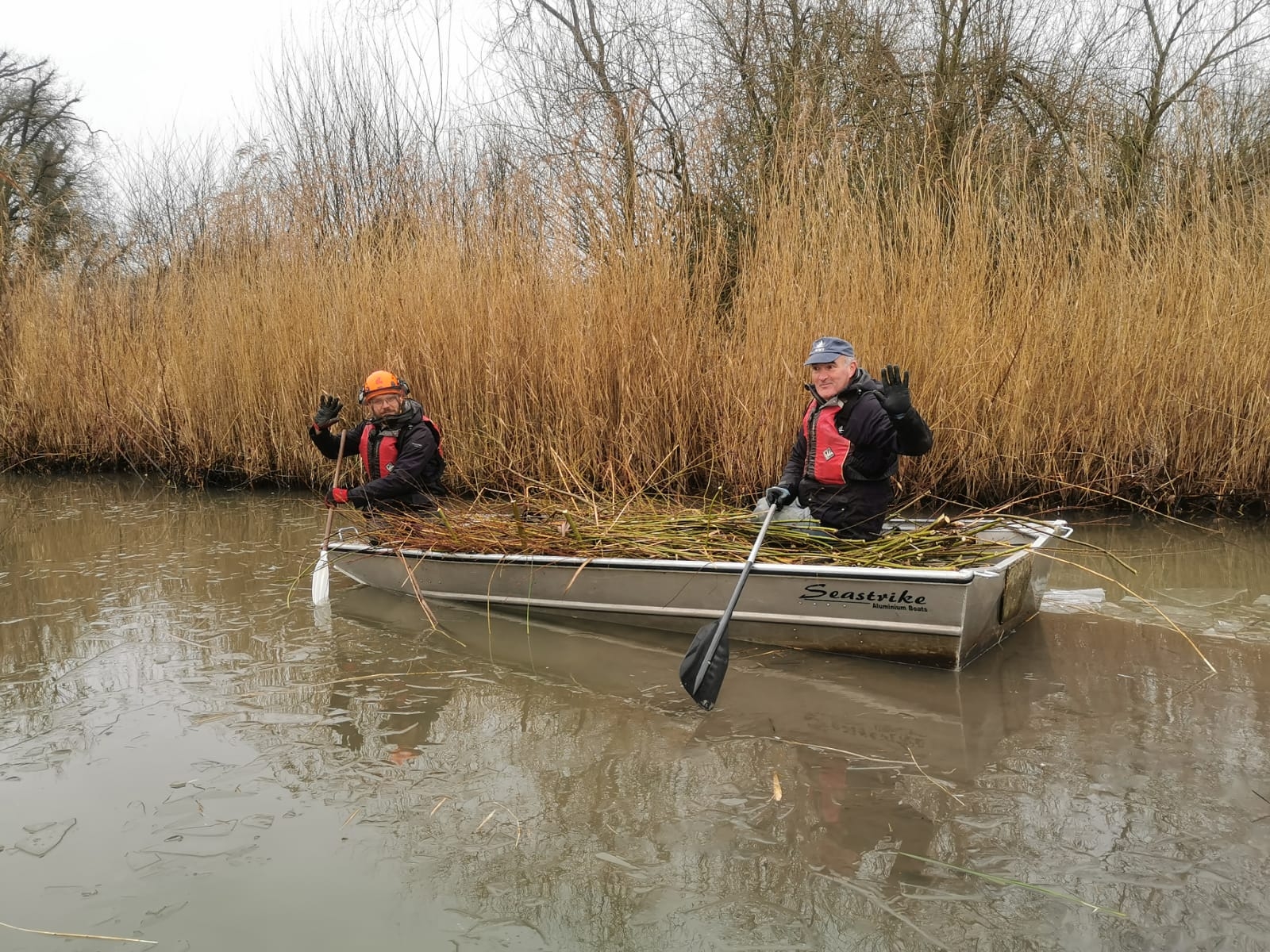
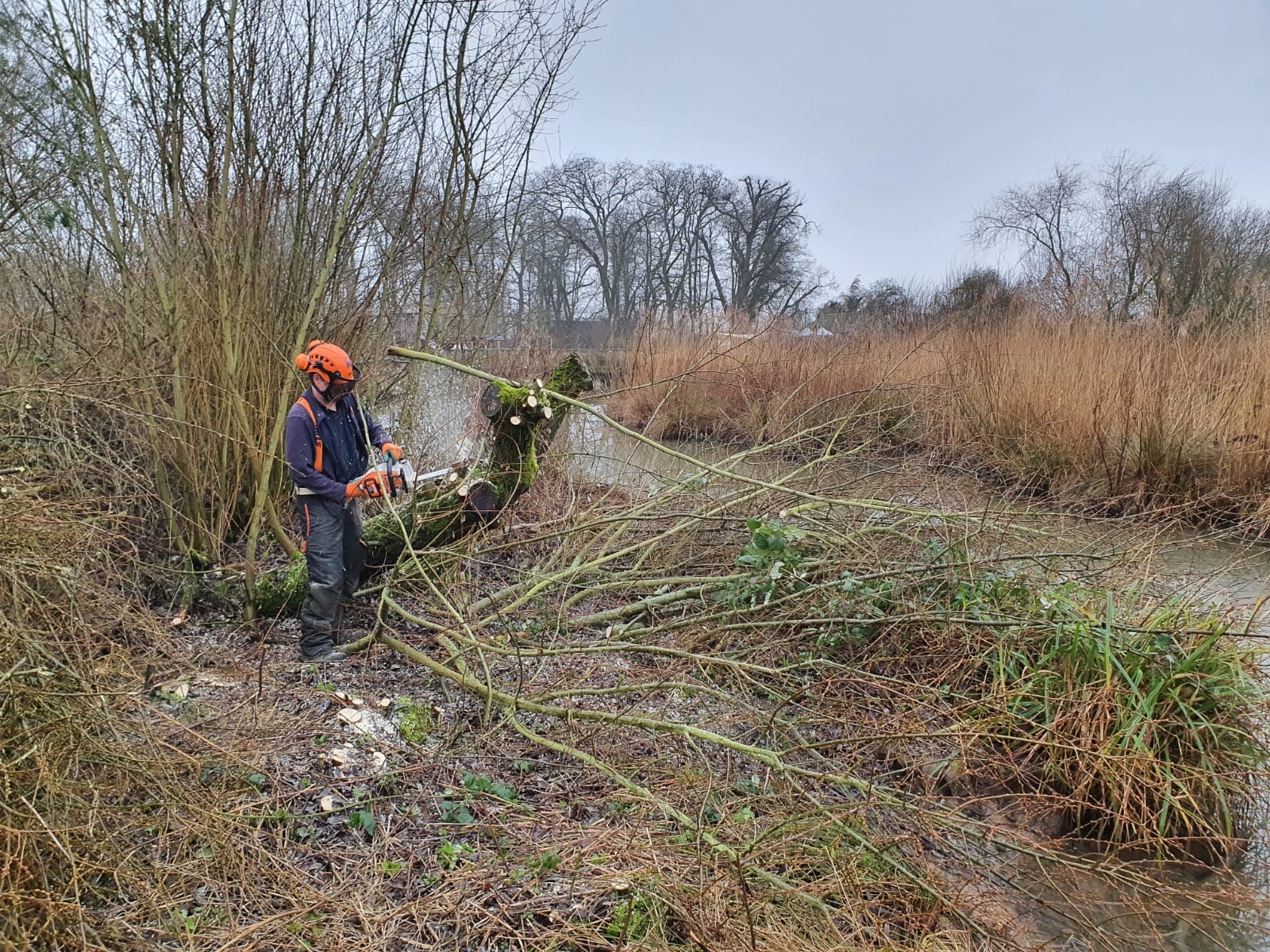
The spring we should see lots of warblers return to the reedbed areas to breed, and the watercourse and surrounding wetland areas have also been popular with breeding duck, including Gadwall and Tufted Duck. We often see broods floating around the Canoe Safari as visitors pass by them. Water Voles and Grass Snakes can also be seen here too. Hopefully conditions around the pandemic will improve and we'll be able to reopen the experience later this year.
Wildfowl
The Bewick's Swan flock has remained at 79 birds this week with no sign of Grinner returning, and no further sightings from down the river. After dropping in to the Rushy last weekend the Dark-bellied Brent Goose has been elusive this week and wasn't seen in the last few days. It is likely still here amongst the Canada Goose flock. The Cackling Goose has been showing well on the Dumbles with the Barnacle Goose flock.
The White-fronted Goose flock has spent most of the week in the Tin Shed field, with occasional trips to the Tack Piece. This week Martin managed to complete the age assessment of the flock. A count of 161 birds resulted in 37 juveniles equating to 23% of the flock. Through the count it does appear that we have a significant proportion of single juveniles, many of them apparently orphaned. This could be a result of juveniles getting lost on migration - we saw reports of many flocks and single birds turn up across the UK in unusual places, including parks in central London.
You can find out more about WWT's goose and swan monitoring work through the Goose News newsletters here.
Other notable species
With the freezing weather we saw some of our wader numbers drop. Unable to feed in the fields the Curlew stayed out on the river, and with the wader scrape on the South Lake frozen our first returning Avocets left as did some of the Black-tailed Godwit flock. The latter increased again towards the end of the week to around 250 birds, but the Avocets have yet to return. Our first Oystercatchers did remain, with one bird on the Rushy and another on the Big Pen and South Lake.
After a few sightings across the estuary and out on the breakwater, the juvenile Glaucous Gull dropped in on the reserve this week, taking a look at an old goose carcass on the Tack Piece in the freezing weather conditions that had also drawn the attention of a pair of Carrion Crow.
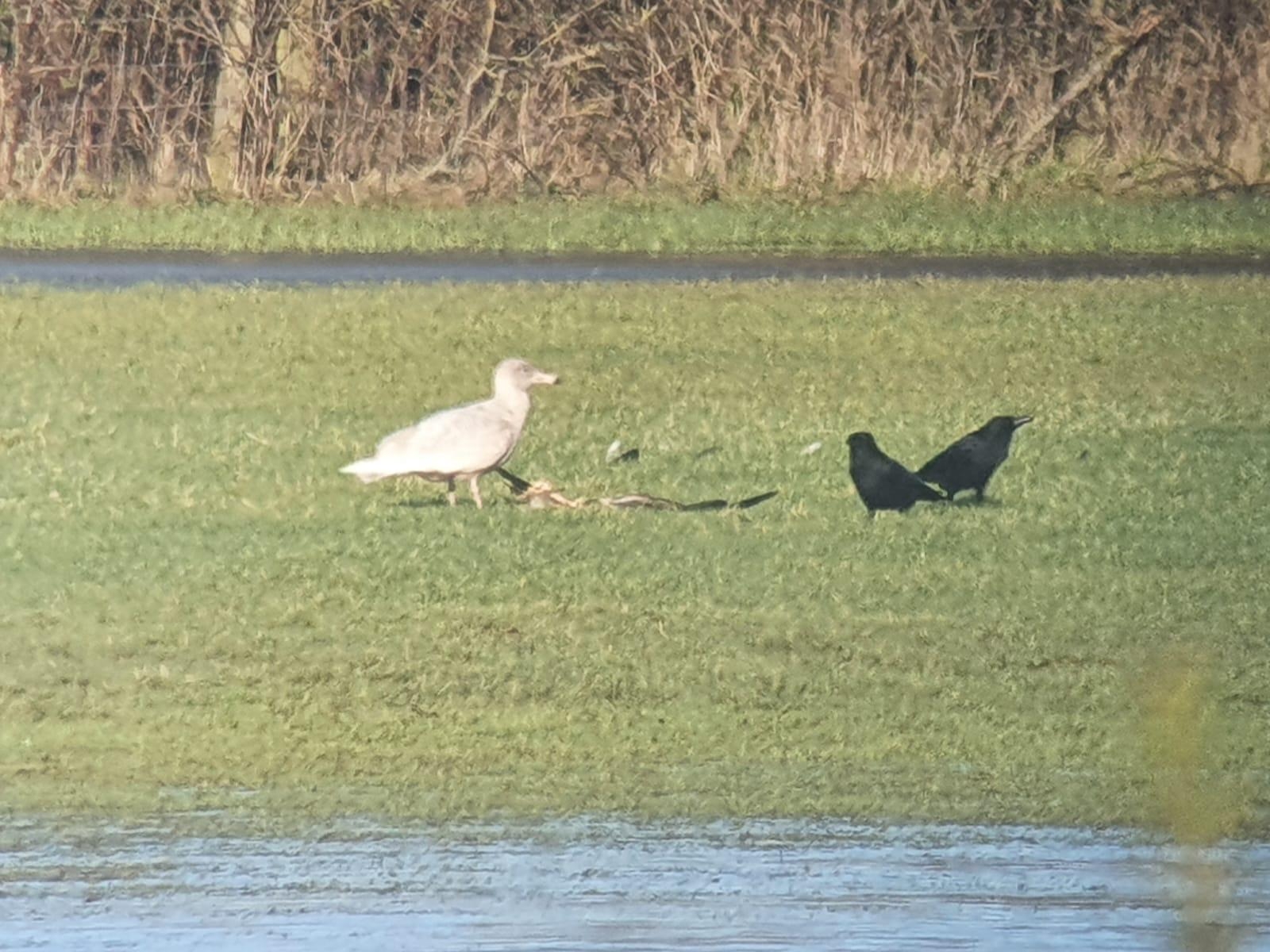
The egret roost has continued on the South Lake with a total of 18 birds present on at dawn on Thursday morning. Sadly the birds left before they could be identified to species, but up to 10 Cattle Egret have been present this week. The birds were later seen in the ploughed field next to the Tudor Arms pub on the opposite side of the canal before heading back to roost that evening.
We've also been keeping our bird feeders topped up throughout the winter, with the Willow Hide feeders continuing to attract a couple of Water Rail and several Teal to the grain being spilt by the House Sparrows and tits feeding above.
